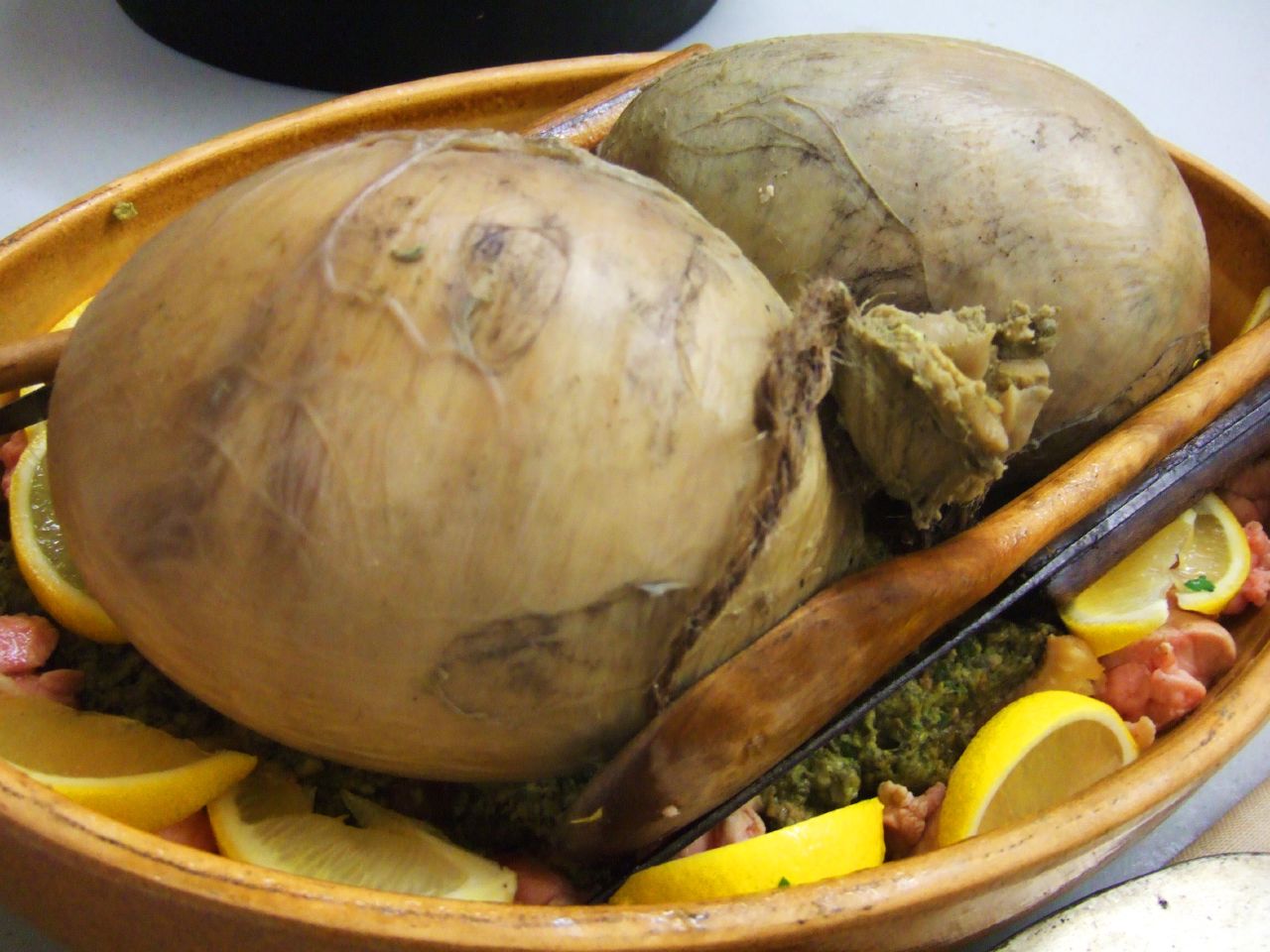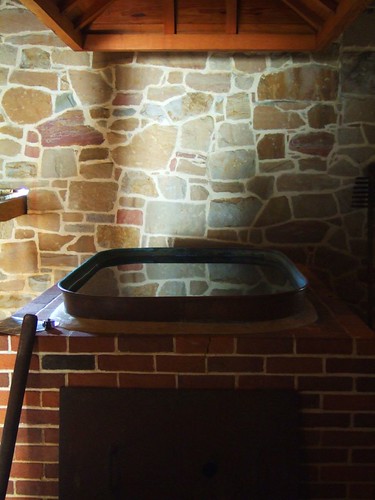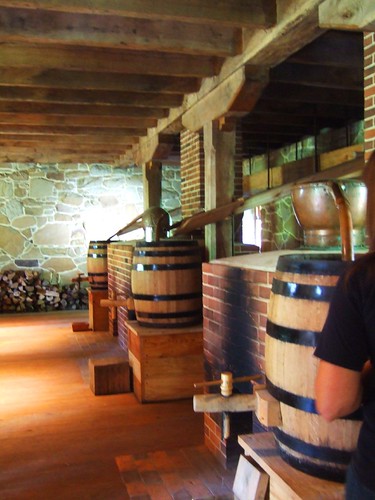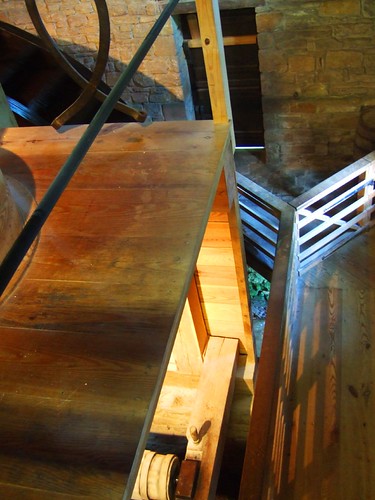This post is belated, but I wanted to share the results of the Sugar Sweets Festival last weekend.
I made about 300 cookies, wrapped in snazzy packages of three, and 90% of them sold! I was thrilled, not only to make a little money for the Reliquary, but because I was afraid the recipes I selected would be too strange for the modern pallet. On the contrary, they were a big hit.
 I worked on a simple, professional package design.
I worked on a simple, professional package design.I made four kinds in total. The Cayenne Gingerbread was the best seller. In Mrs. Beeton’s Book Of Household Management, she says: “…a great

authority in culinary matters suggests the addition of a little cayenne pepper in gingerbread. Whether it be advisable to use this latter ingredient or not, we leave to our readers to decide.” I say YES, Mrs. Beeton! The gingerbread cookies I baked from her recipe were familiar, yet spicy and complex, with a little kick to the aftertaste. They received rave reviews at the bake sale.
I also baked up a batch of Jumbles, a mid-19th century butter cookie, that are rolled in a loop and sprinkled with powdered sugar. The recipe comes in endless variations; I decided upon a batch flavored with lemon and mace.
I attempted a few dozen Almond-Rosewater Macaroons as well. Although I thought they were the tastiest, the cookie was too delicate to survive transport to the bake sale. Most of them crumbled upon arrival, and did not look as fetching as they could have. The recipe needs work, but I think it still has potential.
The most pleasant surprise of the day was finding out the my Chocolet Puffs, an 18th century meringue cookie, won Best in Show in the baking contest!
 Yay!
Yay!
My prize was a $25 gift certificate to Whisk, a cooking supply store in Brooklyn. I think I might use it to invest in a pair of cookie sheets; I’ve been baking on borrowed sheets!
I was delighted to be a part of the Sugar Sweets Festival. It allowed me to work the kinks out of my recipes and to develop sensible packaging for my product. Most importantly, I discovered that people actually liked these cookies and were interested in their story. I don’t know where these lessons will take me next, but I’m willing to keep going.
Next: The story behind my award-winning Chocolet Puffs.
 Right: Cooking ingredients from Deborah’s Pantry; I love the packaging.
Right: Cooking ingredients from Deborah’s Pantry; I love the packaging.












